I don't know about your Friday nights but ours are usually pretty tame. We switch off cooking gourmet dinners with friends. We come home, put Lil to bed, and maybe watch a movie. I try to go to sleep early because I work at the Farmers' Market in the morning. No big deal. But this week, the homestead necessities interrupted our relaxing week end plans.
We canceled dinner with friends because Lil has been battling a cough for days on end. It comes on at night and we're all beyond exhausted from 3 am coughing spells. We planned a quiet evening at home.
Chores still had to be done, of course. On my afternoon visit to the chicken coop with fresh warm water, I noticed Cirrus, our Salmon Faverolle chicken, with what looked like a shell-less egg and some poop frozen to her rear. Ick. I knew there could be several causes of this but at a minimum the frozen stuff had to come off.
I brought her inside for a soak in warm water. She didn't resist and I added 'bathed a chicken' to my homesteader resume. Next came my 'cloaca anatomy' test. I don't claim expert knowledge in this area, but anyone could tell Cirrus was not well back there.
Lil helped me set her up with water, food, and bedding in a dog crate so she could dry off and we could see if she improved with a little warmth and rest. I consulted with local chicken folks and BackyardChickens.com, determining she had a prolapsed cloaca.
Culling a Sick Hen
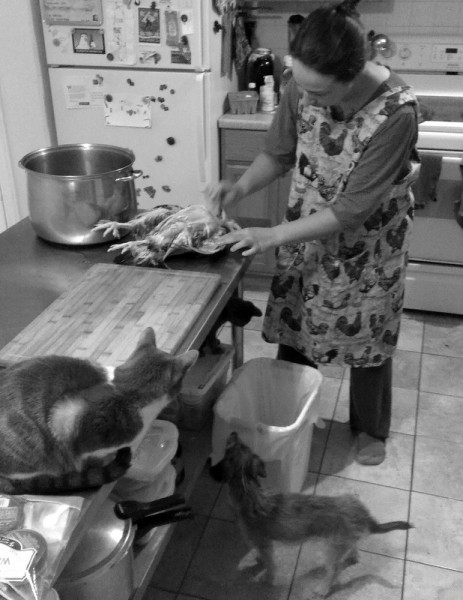
I'll spare more details but after Lil's bedtime, Alex and I determined that Cirrus was not well and very unlikely to heal under the circumstances. We looked at a shivering restless bird and knew our Friday night must take a dark turn.
Alex did the deed and I heated a pot of water. If the issue was only a physical abnormality, we could make soup from her, wasting nothing from her well-lived existence. I plucked her prodigious creamy orange feathers, marveling at how different this heritage bird was from the creepy meats. Alas, the plucking revealed signs of infection. The ground frozen, we had to throw her body in the trash rather than bury her. Rest In Peace, Cirrus.
We never want to cull a sick hen, least of all after an exhausting week. It took several hours for me to wind down from making the unfortunate decision to end an animal's suffering. While the evening was decidedly more grueling and stinky than expected, we know we spent Friday night doing what was right.

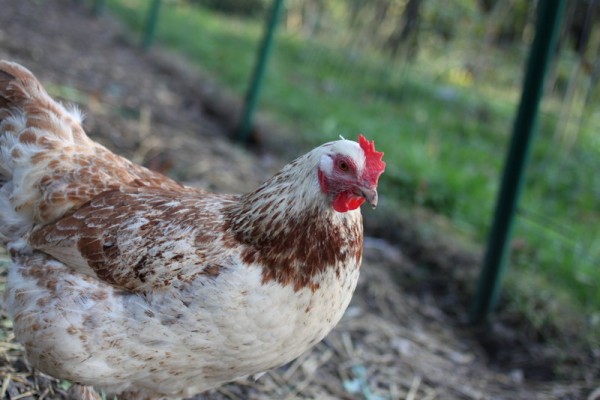


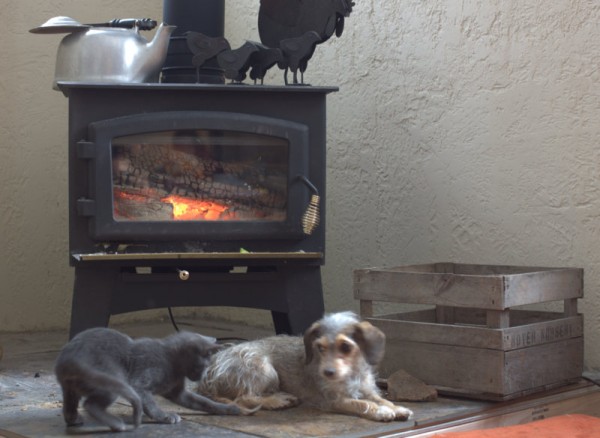
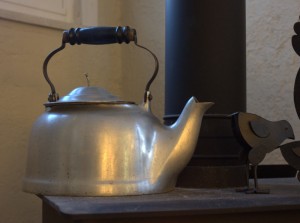
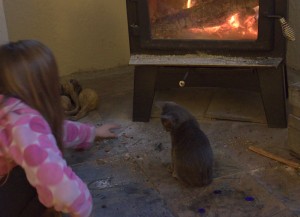
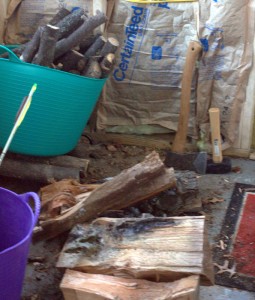
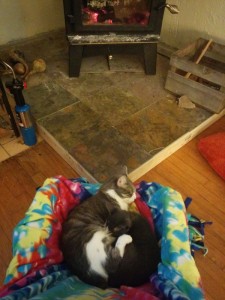
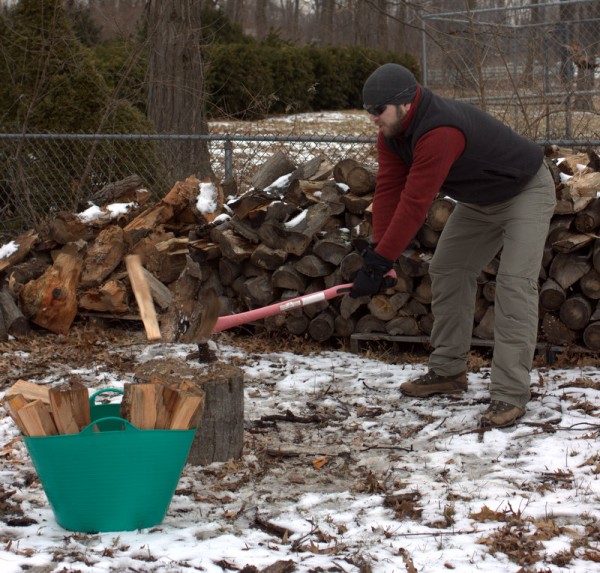






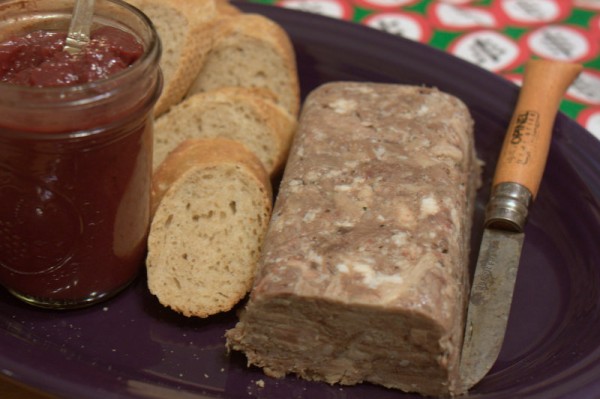
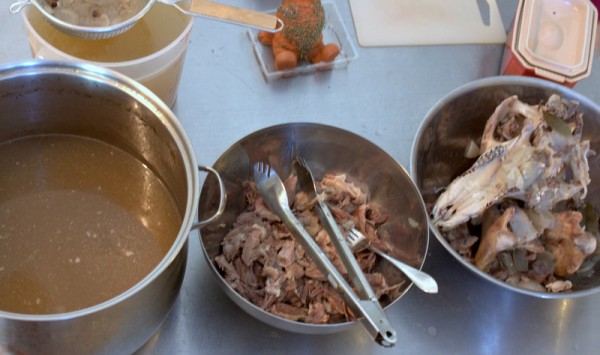
 , though Alex adapted for the winter season by using stronger clove and allspice seasonings.
, though Alex adapted for the winter season by using stronger clove and allspice seasonings.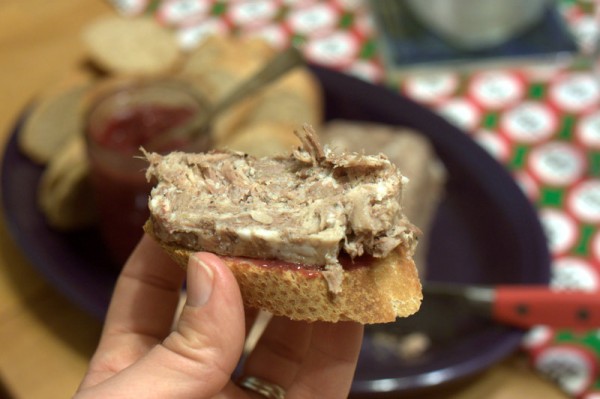
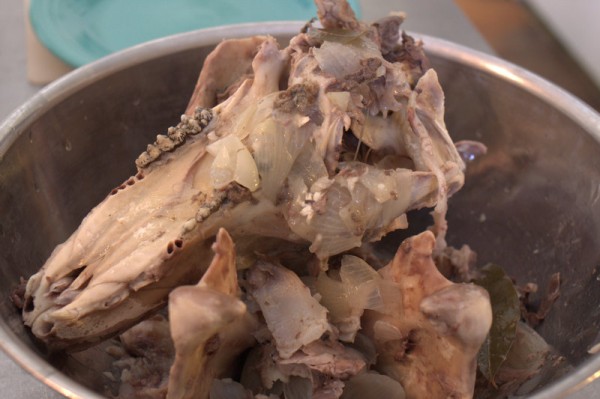





 and a heavy fleece. Then comes my two-layer fleece and waterproof-breathable jacket. I have wool stocks, gloves, and a hat which are topped with a second layer of wool socks, waterproof gloves and hood in the coldest weather. I choose my
and a heavy fleece. Then comes my two-layer fleece and waterproof-breathable jacket. I have wool stocks, gloves, and a hat which are topped with a second layer of wool socks, waterproof gloves and hood in the coldest weather. I choose my  for water-proof insulating footwear. A wool or silk scarf which can be pulled over the nose and sunglasses to help protect my eyes from wind complete the outfit.
for water-proof insulating footwear. A wool or silk scarf which can be pulled over the nose and sunglasses to help protect my eyes from wind complete the outfit.